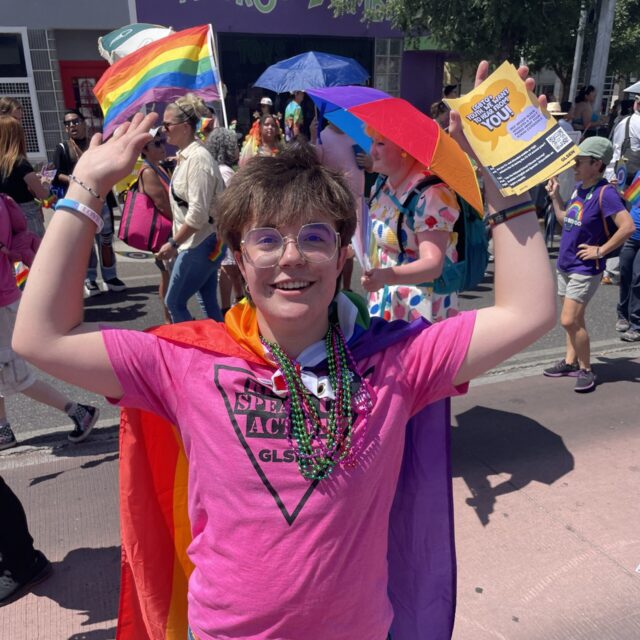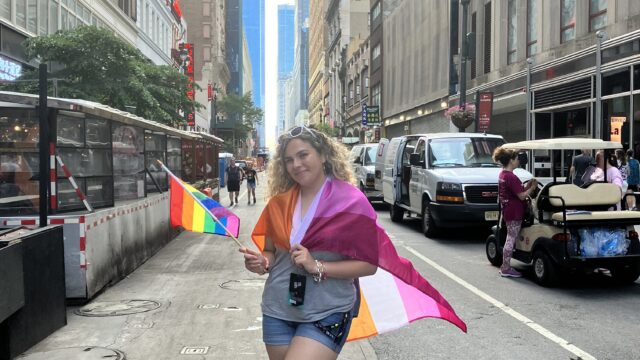
Empowering LGBTQIA+ Community Members Through Storytelling and Advocacy
My name is Faith Cardillo, and I’ve been volunteering with Students Demand Action for the last two years. I joined Students Demand Action during my junior year of high school, but I’ve known since I was young that kids my age or younger were dying from gun violence.
I was in elementary school when the mass shooting at Sandy Hook School in 2012 took place. Even at that age, there was a part of me that wanted to work toward gun violence prevention, but I didn’t know how to.
When I was in eighth grade, the mass shooting at Marjory Stoneman Douglas High School in Parkland, Florida happened. My first time attending a protest was one for the March For Our Lives movement. Four years later, after the Robb Elementary School mass shooting in Uvalde, Texas, I joined both Students Demand Action and March For Our Lives. I became an organizer, hosted protests, and got more involved in the gun violence prevention movement.
Yet I still wanted to do more. In 2023, I founded Bulletproof Pride. We work to educate people on and address the impact of gun violence on the LGBTQIA+ community. In my role as the Impact Network Lead, I’ve been able to work directly with LGBTQIA+ community members impacted by gun violence. We also empower community members through storytelling in the gun violence prevention movement. It’s one of the best ways to uplift the voices at the forefront of demanding change.
As a part of my work with Bulletproof Pride, I want people to understand that the LGBTQIA+ community is more nuanced than what the media often portrays us to be. We hold so many intersecting identities that are often overshadowed or overlooked when addressing the LGBTQIA+ community—and I want to do my part to correct those wrongs. We can’t address the needs of LGBTQ+ community members without also addressing structural factors that impact us, like the criminal legal system, the housing crisis, hate crimes, and gun violence.
In recent years, these issues have worsened. There has been an increase in the number of hate crimes targeting LGBTQIA+ community members. Many of these crimes involve a gun. This rise in hate crimes needs to be at the forefront of activism for the LGBTQIA+ community.
“During Pride Month and year-round, I think the best thing that allies and advocates can do is to listen to the LGBQTIA+ community. Listen to the stories, listen to the struggles, listen to the needs, and work with us to be better.”
—Faith Cardillo, Founder of Bulletproof Pride and Students Demand Action volunteer
This activism is personal to me. I identify as an aroace lesbian. It’s taken me almost four years to come to terms with this identity, and I’m still grappling with what it means for me today. I think my identity gives me a unique perspective in human rights advocacy. It helps me raise awareness of issues that others in the LGBTQIA+ community might not immediately identify, such as including the aromantic-asexual identity in a sex education curriculum.
What motivates me to advocate for LGBTQIA+ rights and gun violence prevention is knowing that I am making a difference. I specialize in rapid response organizing, and sometimes these situations can make me feel like I’m not making a difference in my work. When I can remind myself to take a step back and see all the progress we’ve made as an LGBTQIA+ community, it helps ground me and reinvigorate my advocacy efforts.
Pride Month, marked in June, is a particularly helpful reminder of the beauty and power of the LGBTQIA+ community. I typically celebrate Pride Month by community organizing. I go to as many Pride events as possible and try to connect with members of the LGBTQIA+ community so they don’t feel isolated or alone. I feel the most at home when I can be with my LGBTQIA+ peers and in spaces where I feel like my presence is valued.
During Pride Month and year-round, I think the best thing that allies and advocates can do is to listen to the LGBQTIA+ community. Listen to the stories, listen to the struggles, listen to the needs, and work with us to be better.
Join Us
The Latest
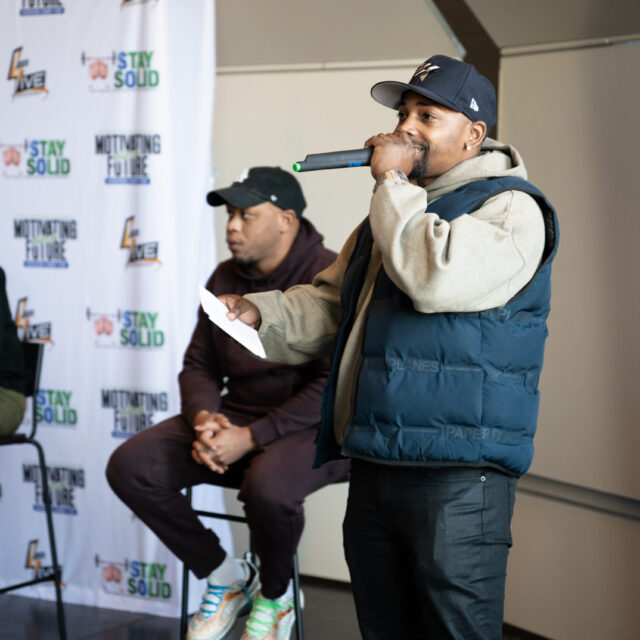
Motivating Our Future Summit Tour: It’s Time to Make It Make Sense
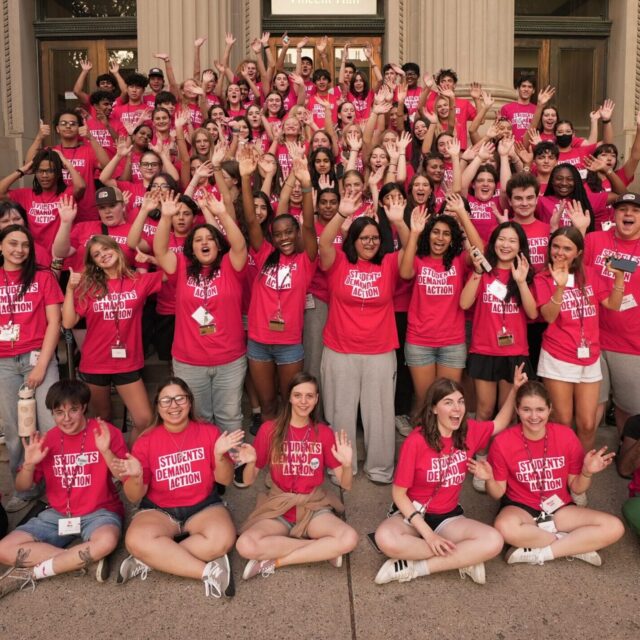
100 Students, 5 Days, 1 Goal: Grow As Movement Leaders and Organizers
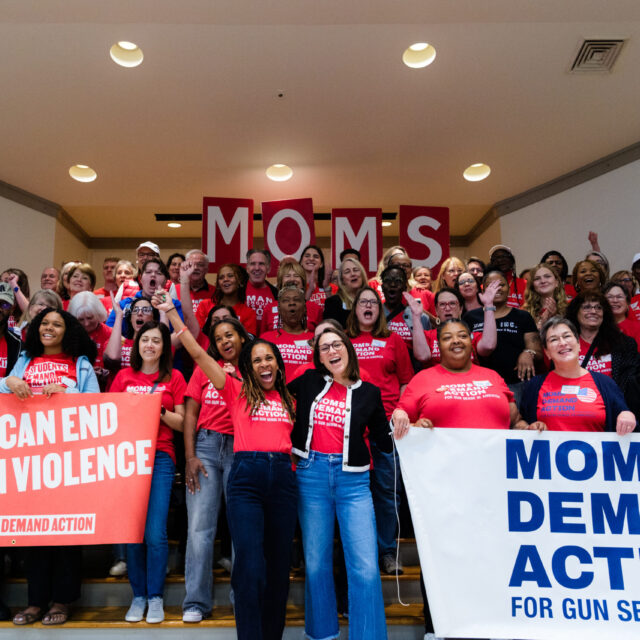
17 Gun Safety Wins in the 2025 State Legislative Sessions
